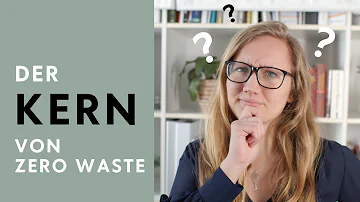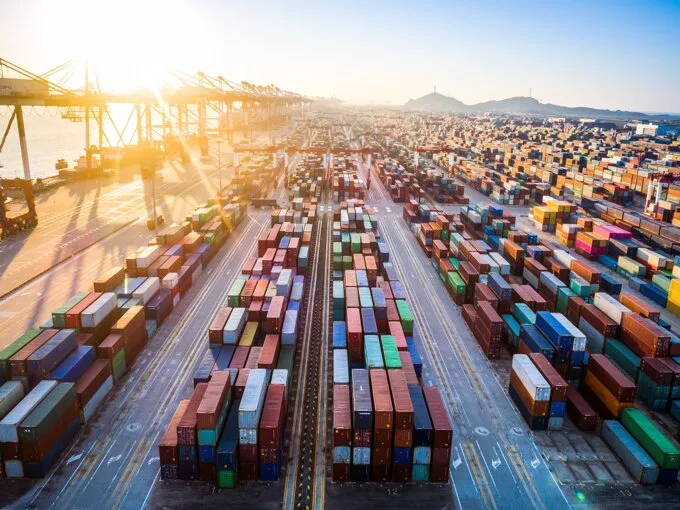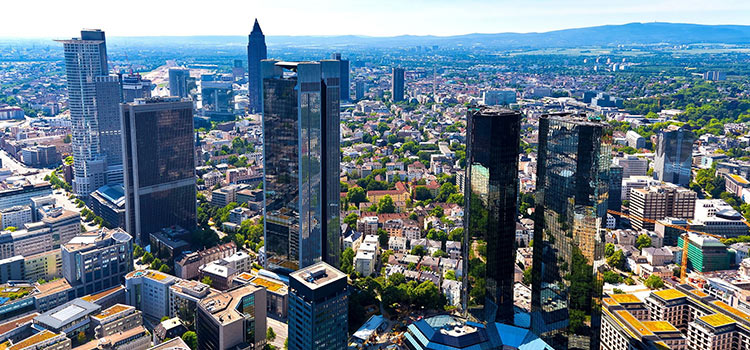Wie funktioniert Zero Waste?
What are the 5 principles of zero waste?
Refuse, Reduce, Reuse, Recycle, Rot – these are the “5 Rs” that make up the basic rules of zero waste. These rules were proposed by Béa Johnson in her book “Zero waste home: the ultimate guide to simplifying your life by reducing your waste” published in 2013.

What is the concept of zero waste?
Zero Waste means designing and managing products and processes to systematically avoid and eliminate the volume and toxicity of waste and materials, conserve and recover all resources, and not burn or bury them.
Who started the zero waste movement?
Bea Johnson
Bea Johnson, Founder of the Zero Waste Lifestyle Movement.
Why is zero waste not possible?
Zero Waste is an expensive goal. It requires a lot of investments that come with a high price. It's very costly not only for consumers but also for industries. Zero Waste products are expensive because plastic is cheap.
What are the four 4 types of wastes?
For the purposes of this review these sources are defined as giving rise to four major categories of waste: municipal solid waste, industrial waste, agricultural waste and hazardous waste.
What is the first step for zero waste?
“Reduce” ranks first in the waste reduction hierarchy of “reduce, reuse, recycle” for good reason!
Why zero waste is better than recycling?
Zero-waste living is a much broader concept than recycling. While recycling seeks to deal with the waste people produce, zero-waste living aims to put an end to waste production altogether. In other words, people going for a zero-waste lifestyle strive not to send anything to the landfill.
When was zero waste invented?
The term morphed into Zero Waste as the concept was brought to small towns in New Zealand at the first Zero Waste conference in Kataia in December 2000 by campaigner Warren Snow. Snow then toured US cities describing the local programs.
Why was zero waste invented?
The phrase "zero waste" is often attributed to Daniel Knapp's idea of Total Recycling and is directly related to Knapp's salvaging operation in Berkeley, Calif. The idea was that all waste could be diverted away from landfills and be reused, in some capacity, by the community at large.
Which country has no waste?
Sweden is aiming for zero waste. This means stepping up from recycling to reusing. It is early morning, and 31-year-old Daniel Silberstein collects his bike from the storeroom in his block of flats. But not before he has separated out his empty cartons and packaging into the containers in the shared basement.
Which waste is most harmful?
The most overlooked toxic and hazardous wastes are the household products in everyday homes that are improperly disposed of such as old batteries, pesticides, paint, and car oil. Toxic waste can be reactive, ignitable, and corrosive.
What are the 7 typical wastes?
Under the lean manufacturing system, seven wastes are identified: overproduction, inventory, motion, defects, over-processing, waiting, and transport.
How do you go completely zero waste?
what are the 5 R's of going zero waste?
- Recycle – Whenever possible recycle items.
- Rot – Composting is a must for waste reduction.
- Reduce – Simply limit the number of things you own and purchase.
- Refuse – If you don't “need” it, don't buy it.
- Reuse – Find a new purpose in your items and reuse them.
How do I start my zero waste journey?
A zero waste philosophy explains how to manage your waste “from cradle to grave”, so to speak, using the “3R” rule: Reduce, Reuse, Recycle. The order matters here.
Can zero waste save you money?
Going zero waste CAN save you money and here is list of budget friendly Zero Waste Swaps that are a cheaper option in the long and short term. Contrary to popular belief, zero waste does NOT have to be expensive and there are many free and cheap ways to do it that will save you money straight away.
How much does zero waste help the environment?
Zero waste conserves resources and minimizes pollution.
Once they're used, the goods are simply dumped in a landfill or destroyed in an incinerator. In contrast, a zero waste approach conserves natural resources and reduces pollution from extraction, manufacturing and disposal.
Which country has zero garbage?
Sweden is aiming for zero waste. This means stepping up from recycling to reusing. It is early morning, and 31-year-old Daniel Silberstein collects his bike from the storeroom in his block of flats. But not before he has separated out his empty cartons and packaging into the containers in the shared basement.
Why did zero waste start?
The phrase "zero waste" is often attributed to Daniel Knapp's idea of Total Recycling and is directly related to Knapp's salvaging operation in Berkeley, Calif. The idea was that all waste could be diverted away from landfills and be reused, in some capacity, by the community at large.
What is the most wasteful state?
As of 2022, Michigan was the highest ranking state in terms of waste sent to landfills, per capita. That year, more than 66 tons of waste per person ended up in the state's landfills.
What is the most wasteful city?
New York is, in fact, widely reported to be the world's most wasteful city. Wastefulness in this case means New York uses the most energy (“the equivalent of one oil supertanker every 1.5 days”), disposes of the most trash (33m tonnes per year), and uses the most water.
What is the most wasteful item?
So, here's a list of the most wasteful common household items:
- Water bottles! …
- Plastic wrap for leftover foods: Tupperware (or knock-offs) to the rescue! …
- Plastic cutlery: pack yourself a knife fork and spoon and eliminate the need for this single use throw-away item…they don't recycle, they are wasteful.
What is the number one waste in the world?
Food
Food is the most common form of waste, accounting for almost 50 percent of global MSW. Millions of tons of food is wasted every year, especially fruit and vegetables.
What are the 3 main types of waste?
For the purposes of this review these sources are defined as giving rise to four major categories of waste: municipal solid waste, industrial waste, agricultural waste and hazardous waste.
What are 5 major parts of waste management?
This method is based on the waste hierarchy, made up of five steps: reducing waste at the source, reuse of materials, recycling, energy recovery, and landfilling.
How can I practice zero waste at home?
– Use old-style refillable pens rather than disposable plastic ones.
…
absolute minimum, without needing to live a spartan or self-denying life.
- Refuse. You can start working on your waste footprint by refusing the unneeded. …
- Reduce. …
- Reuse. …
- Recycle. …
- Rot.


